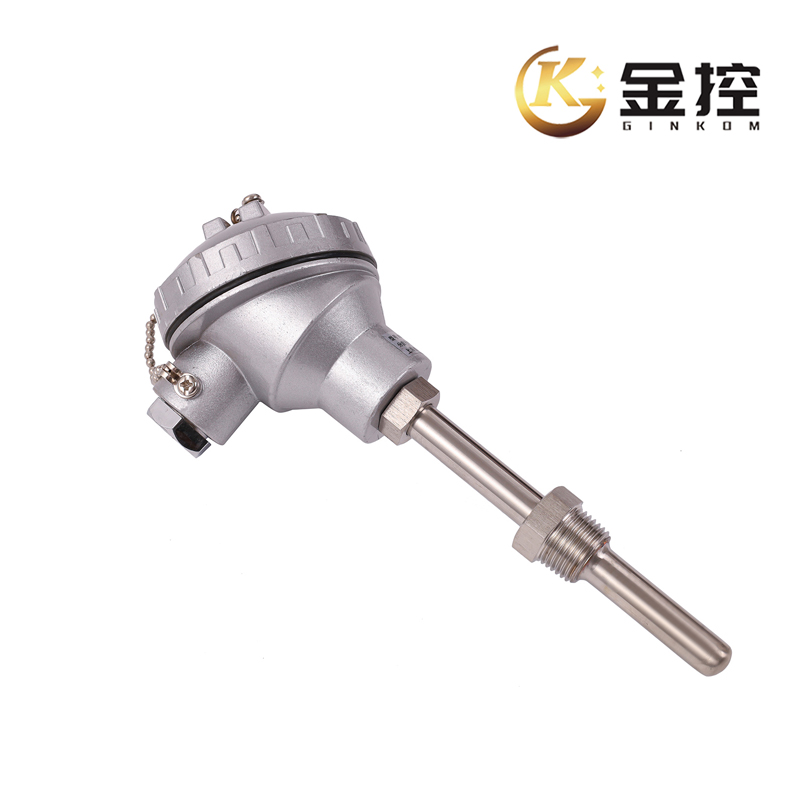Description:
The two most common ways of measuring industrial temperatures are with resistance temperature detectors (RTDs) and thermocouples. If process temperatures are between-200 to 500℃(-328 to 932°F), an industrial RTD is the preferred option. Thermocouples have a range of -180 to 2,320℃(-292 to 4,210°F), so for temperatures above 500℃(932°F) they are the only contact temperature measurement device.
The thermocouple is that measures temperature. It consists of two different types of metals, joined together at one end. When the junction of the two metals is heated or cooled, a voltage is created that can be correlated back to the temperature. Thermocouple alloys are commonly available as wire.
Thermocouples are widely used in science and industry; applications include temperature measurement for kilns, gas turbine exhaust, diesel engines, and other industrial processes. Thermocouples are also used in homes, offices and businesses as the temperature sensors in thermostats, and also as flame sensors in safety devices for gas-powered major appliances.
Specification:
| Type | K / E / N / J / T / S / R / B |
| Material | 304/316/316l/310s/3039/Inconel /Ceramic Tube |
| Thermocouple head | 2 pin or 3 pin |
| Probe diameter | 0.5mm to 10mm |
| Probe length | Customized |
| Thread | 1/4” 5/16” M4 M5 M6 M8 M12 fixed or flexible |
| Tube diameter | 3-25mm |











